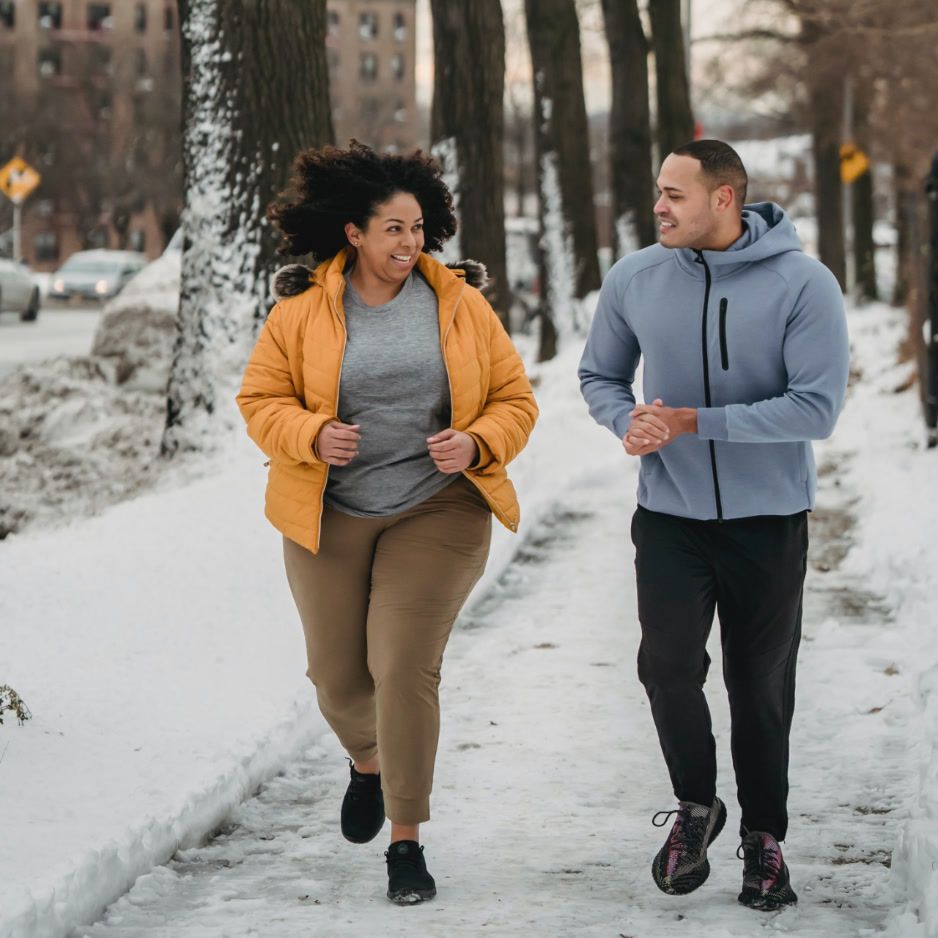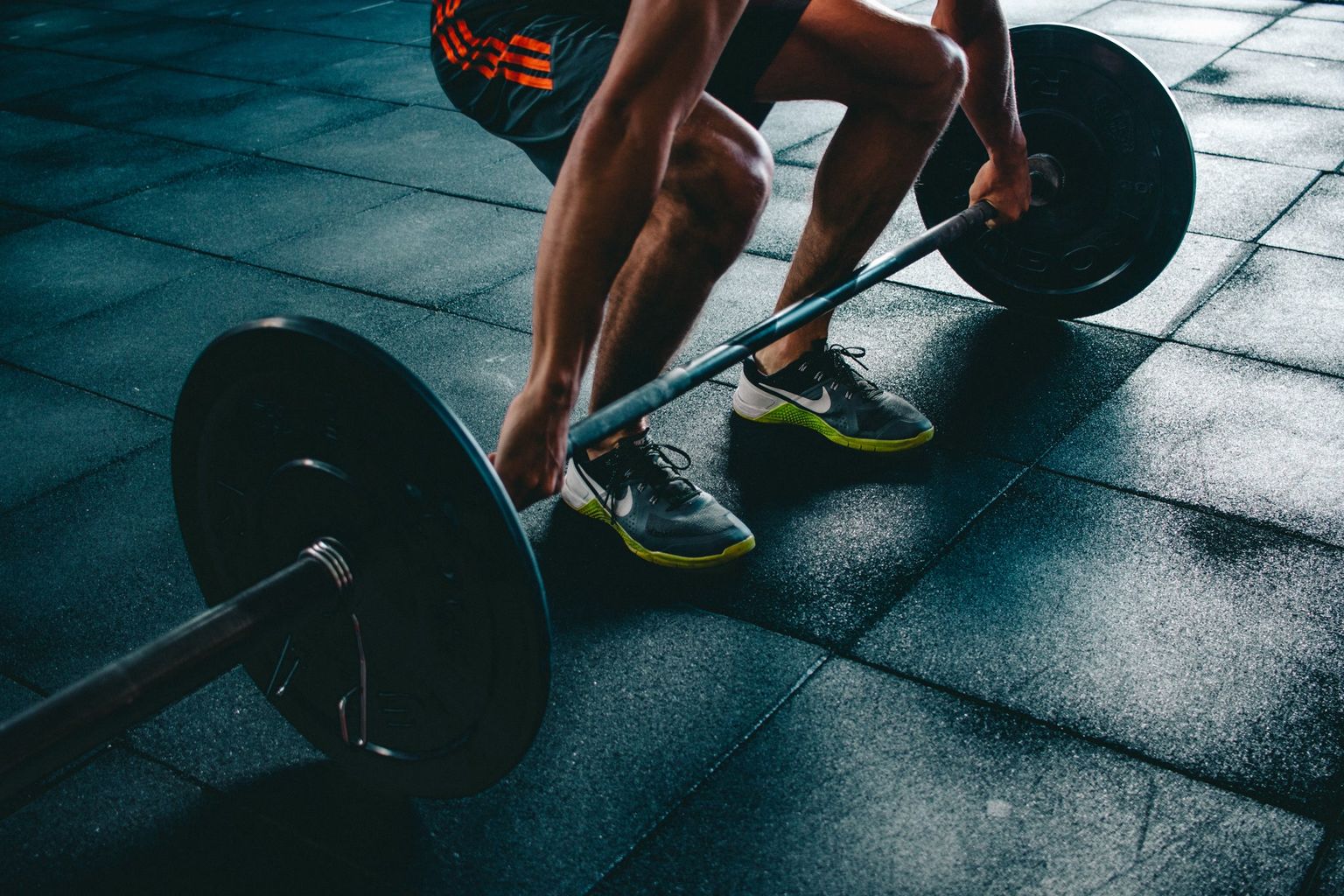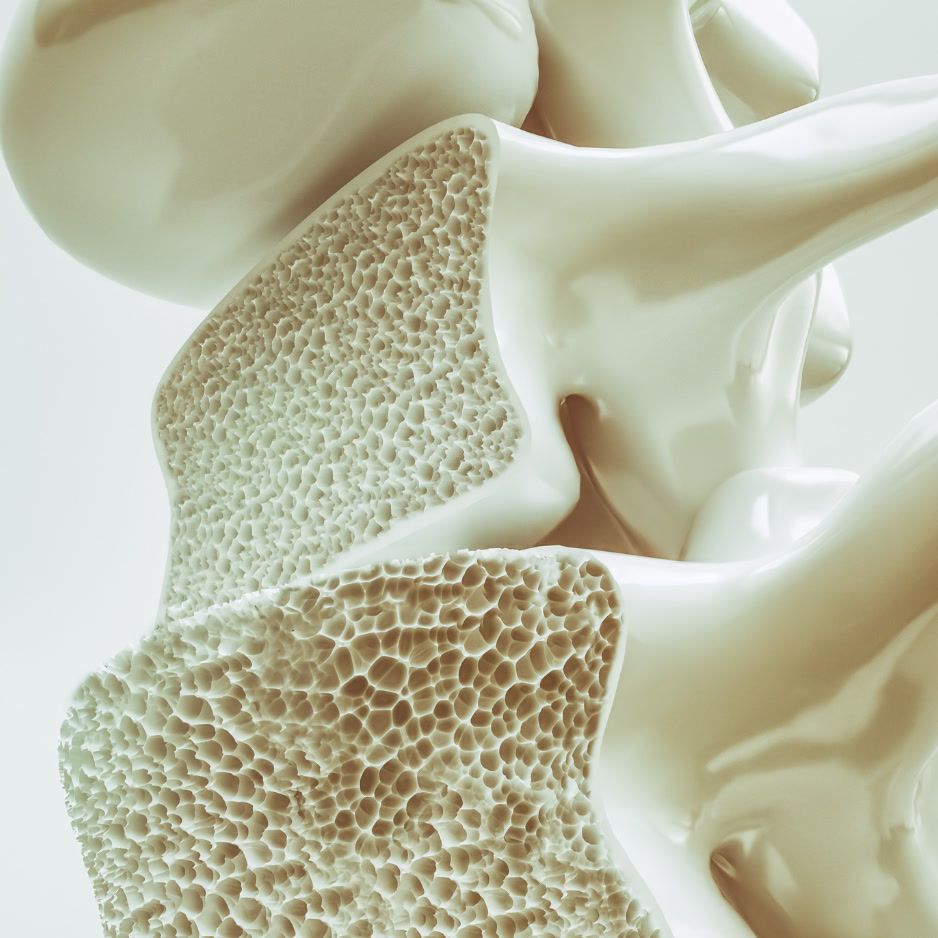DEXA Body Scan: Complete Guide to Procedure, Cost & Booking
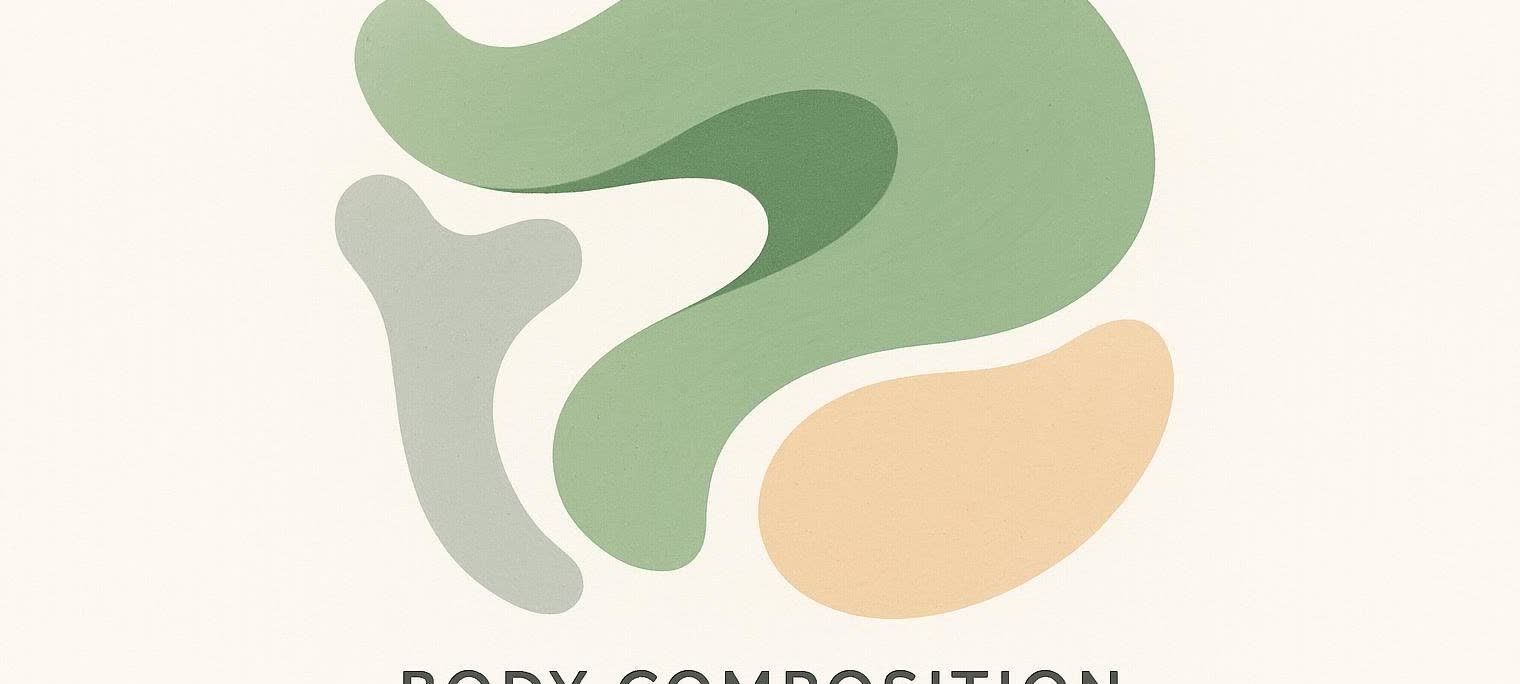
DEXA Body Scan: Complete Guide to Procedure, Cost & Booking
Last updated: April 30, 2024
Ever wished you could step into a machine, wait just a few minutes, and walk out knowing exactly how much of you is bone, muscle, and fat? That’s the promise of a DEXA body scan. In this guide you’ll learn—without the jargon—what the scan measures, why it matters for everyday health and athletic performance, how to prep, what it costs, and the fastest way to book a session. Jump ahead to Cost & Booking if that’s what you need right now.
What Is a DEXA Body Scan?
A DEXA body scan (also written DXA) uses dual-energy X-ray absorptiometry to send two very low-dose X-ray beams through the body. Because bone, lean tissue, and fat each absorb the beams differently, the scanner’s software can calculate their amounts with exceptional precision—peer-reviewed research (Shepherd et al., 2017) reports typical errors of ≤ 2 % for body fat and ≈ 1 % for bone-mineral density (BMD) when standard protocols are followed. At BodySpec, our state-of-the-art machines and strict quality-assurance program routinely deliver sub-1 % measurement variance, setting a higher bar for accuracy.
Unlike bathroom scales or skin-fold calipers, DEXA gives a three-part breakdown:
- Bone mineral density (BMD) – crucial for spotting osteoporosis risk early
- Lean mass – everything that isn’t fat or bone (muscle, organs, water)
- Fat mass – including subcutaneous and hard-to-reach visceral fat surrounding your organs

Cleveland Clinic calls DEXA the “most accurate method” for measuring BMD, while sports scientists rely on it as the gold standard for body composition.
Is It Safe?
Yes. A full-body DEXA exposes you to about 3–5 µSv of radiation—roughly the same as eating four bananas or taking a two-hour airplane flight, according to RadiologyInfo.org. For context, the average person receives ~10 000 µSv annually from natural background sources.
If you’d like a deeper dive on dose comparisons, see our breakdown of DEXA radiation safety.

How a DEXA Body Scan Works
- You lie still on a padded table while the scanner arm glides overhead.
- Two X-ray beams of different energies pass through your body.
- Detectors measure how much energy is absorbed by bone, lean tissue, and fat.
- Software converts those readings into precise numbers and color-coded images.
- A technician reviews the data and sends your digital report—usually within minutes.
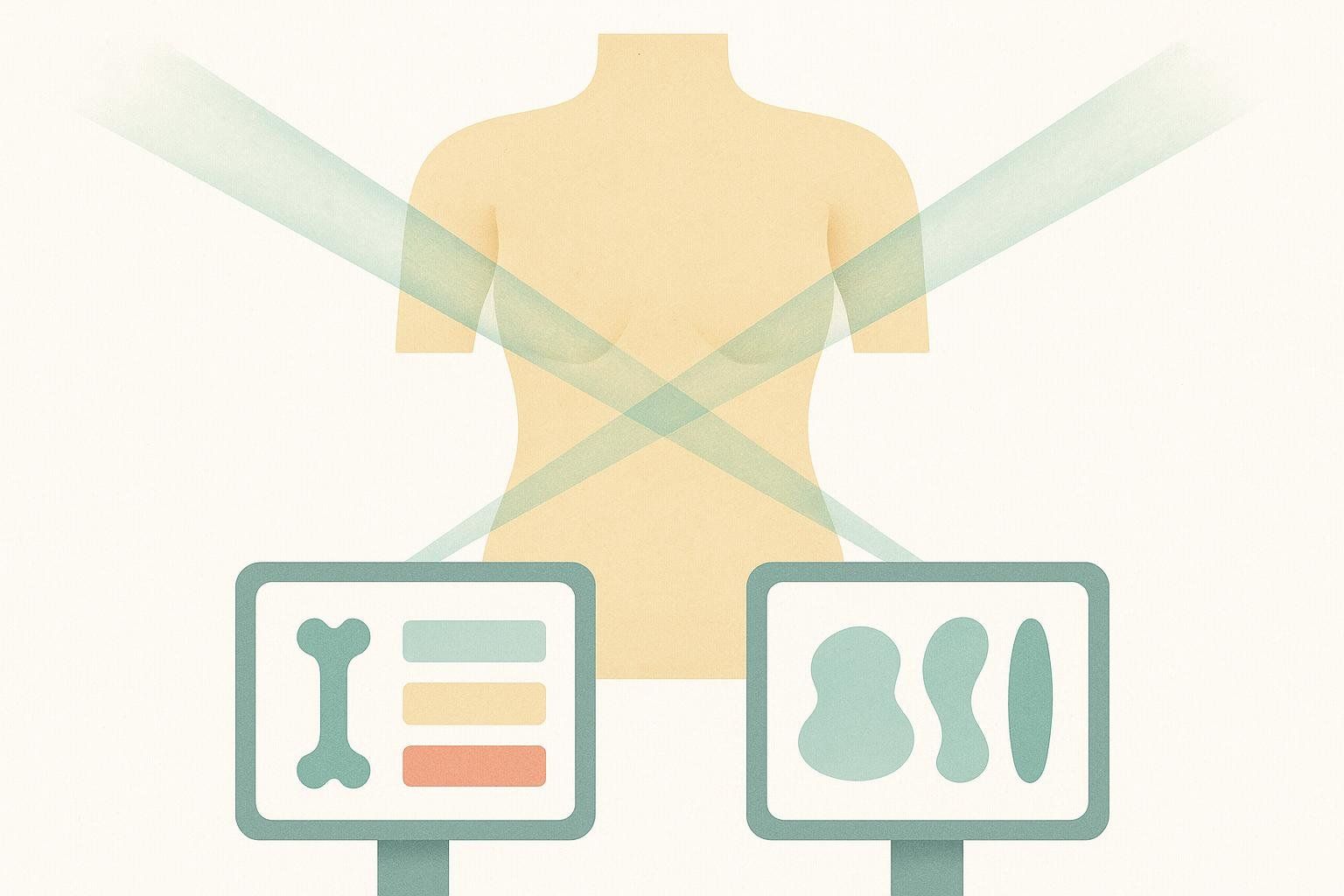
The entire process takes 6–10 minutes; you remain fully clothed (minus metal objects) and there’s no confining tube or loud noise like an MRI.
Who Should Get a DEXA Body Scan?
1. Anyone Focused on Improving or Monitoring Overall Health
A DEXA scan offers the most precise baseline for reducing body-fat percentage, building muscle, or tracking visceral fat. Because the machine can detect changes below one pound, even modest lifestyle tweaks show up clearly on follow-up scans.
2. Athletes & Fitness Enthusiasts Seeking Performance Data
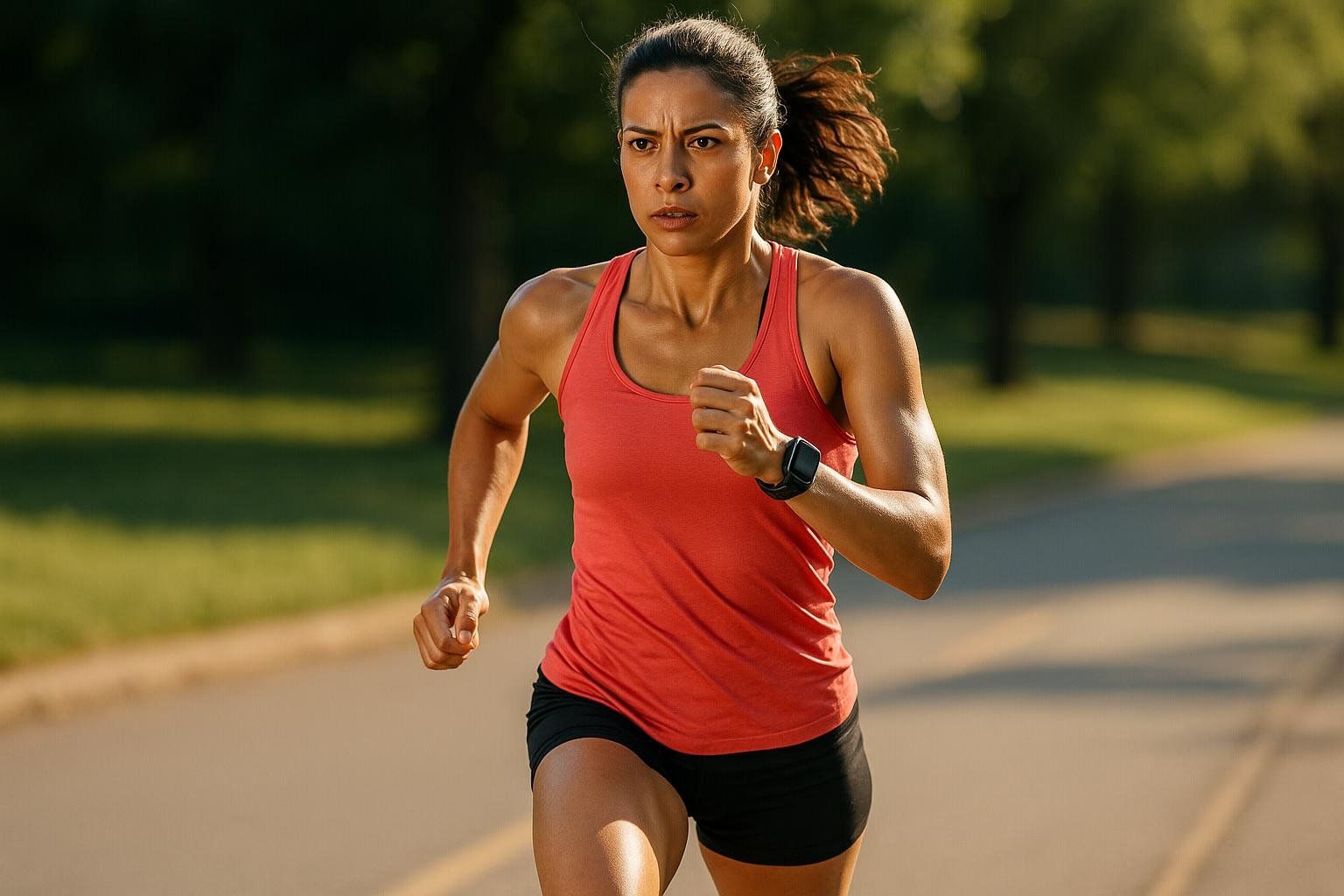
Athletes care about segmental lean mass—how muscle is distributed in arms, legs, and trunk—and visceral fat, a stubborn risk factor for metabolic disease. DEXA’s tight margin of error means even subtle gains or losses between training blocks are obvious.
Need a primer on interpreting the numbers? Check out our detailed explainer on understanding DEXA scan results.
3. People Concerned About Bone Health
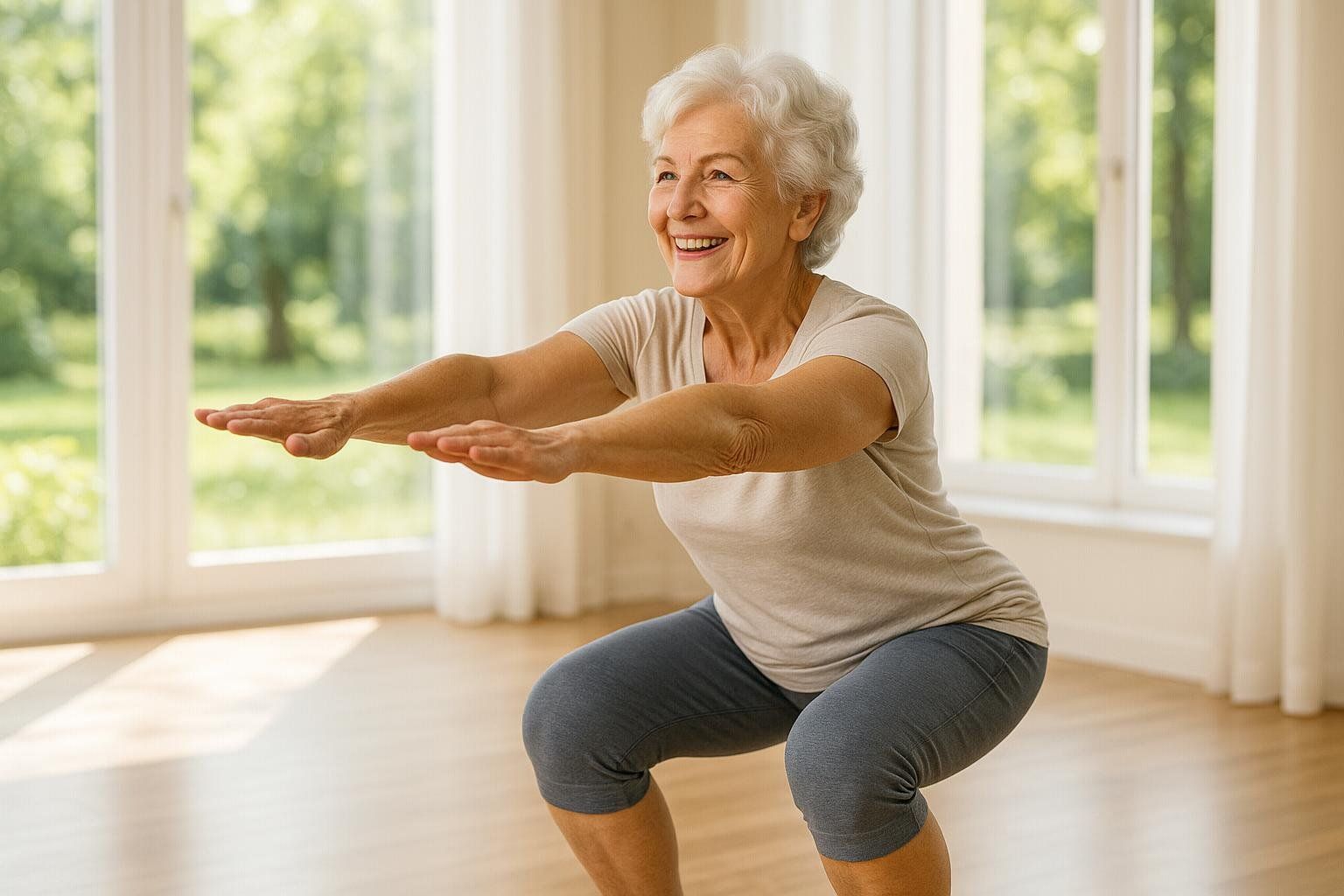
If you’re post-menopausal, a man over 70, or have a family history of osteoporosis, a DEXA scan is the frontline tool for spotting bone loss early and monitoring treatment.
4. Corporate Wellness Programs
Our mobile clinics can park outside offices, scan employees in 10-minute slots, and deliver anonymized group analytics—perfect for benchmarking wellness initiatives.
Preparing for Your Scan: A 24-Hour Checklist
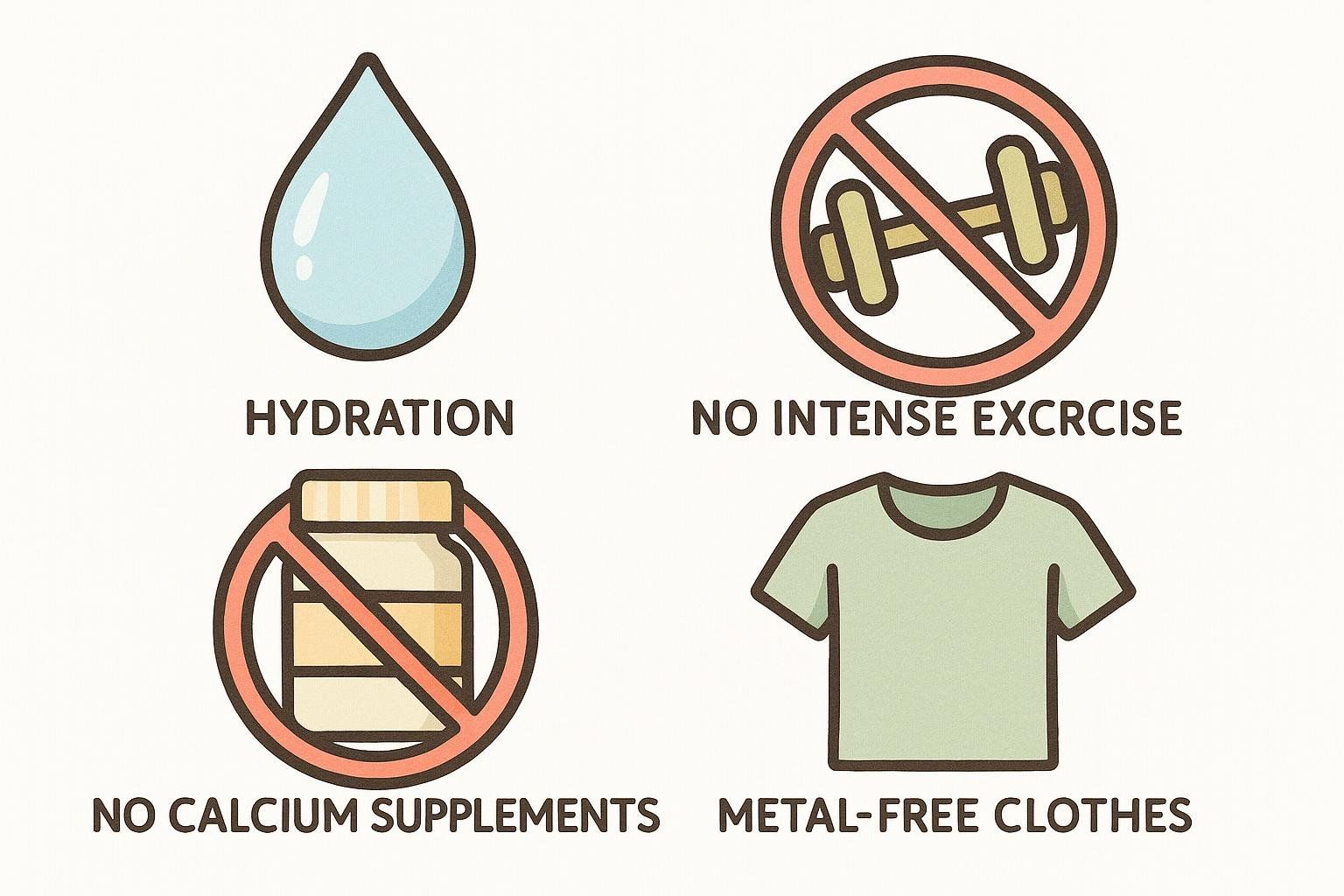
| Timeframe | What to Do | Why It Matters |
|---|---|---|
| 24 hrs out | Keep diet & hydration normal | Avoid drastic fluid changes that can skew lean-mass readings |
| 24 hrs out | Skip high-impact workouts | Intense exercise induces inflammation that slightly elevates tissue water |
| Day of | Avoid calcium supplements | Large doses can affect bone reading accuracy |
| Day of | Wear light, metal-free clothing | Zippers and underwires interfere with X-ray detection |
| Arrive | Empty pockets & remove jewelry | Metal objects can create artifacts |
Understanding Your Results
Before diving into the numbers, know that your BodySpec report benchmarks you against a proprietary database of more than 200,000+ client scans—providing highly accurate context by comparing your results to a large, relevant population. That lens makes it easy to see where you excel and pinpoint the areas with the greatest improvement potential.
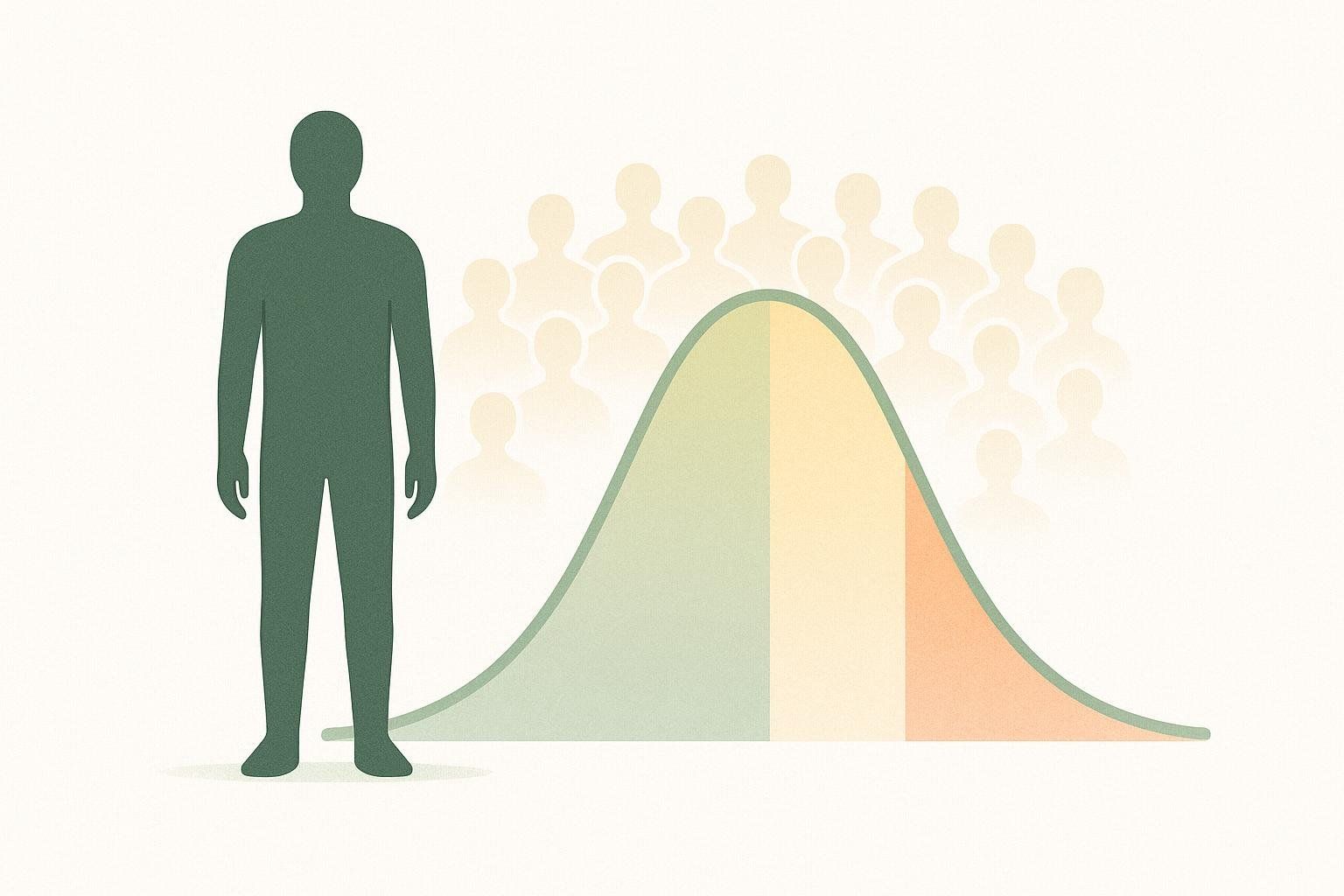
Body Composition Metrics (Whole Body)
According to the ACSM Guidelines for Exercise Testing and Prescription (10th ed.), healthy body-fat ranges are 10–22 % for men and 20–32 % for women (ACSM Guidelines PDF). Cut-offs for low muscle mass—often used to screen for sarcopenia—are an Appendicular Lean Mass Index (ALMI) < 7.26 kg/m² for men and < 5.45 kg/m² for women (European Working Group on Sarcopenia).
| Metric | What It Means | Reference Range |
|---|---|---|
| Body Fat % | Portion of total mass that’s fat | 10–22 % (men) / 20–32 % (women) |
| Visceral Fat Area (cm²) | Fat wrapped around organs | < 100 cm² (low risk) |
| ALMI (kg/m²) | Muscle mass in arms + legs ÷ height² | ≥ 7.26 kg/m² (men); ≥ 5.45 kg/m² (women) considered normal |
Segmental Analysis
The scan slices data by region—left/right arms, legs, trunk—so you can spot imbalances. Runners often see dominant-leg asymmetry; barbell athletes may find surprising upper-body deficits.
Bone Density (BMD Percentile)
Rather than using T-scores alone, BodySpec presents your bone mineral density percentile compared with age- and sex-matched peers. A percentile below 15 may signal accelerated bone loss, while a percentile above 85 suggests robust skeletal health.
Taking Action After Your Scan
Below are common scenarios inspired by real BodySpec clients—and practical next steps for each.
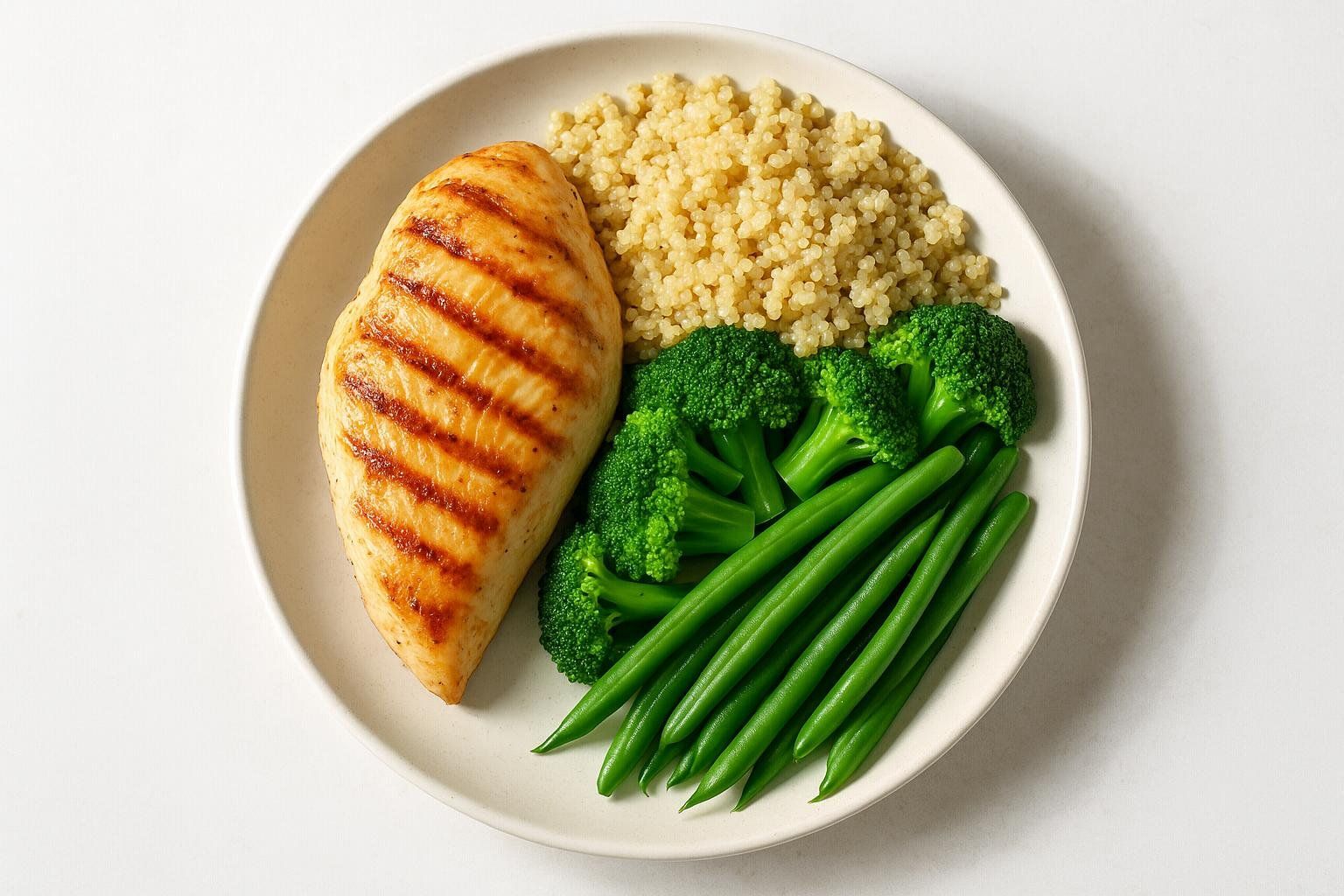
Scenario 1: The Health Revamp (Body Recomposition Focus)
“I’m Sam, 38, and my visceral fat is 120 cm²—above the healthy cutoff.”
• Action: Aim for a 300–500-calorie daily deficit, prioritize 30 g protein at each meal, and add 3× weekly resistance sessions.
• Rescan cadence: every 2–3 months to confirm fat loss is coming from adipose tissue, not muscle.
Scenario 2: The Competitive Athlete Seeking Performance Data
“I’m Mark, 32, prepping for an Ironman. My right-leg lean mass trails my left by 7 %.”
• Action: Add single-leg squats and step-ups twice per week; adjust macros to 1.8–2.2 g protein/kg.
• Rescan cadence: monthly during peak training blocks to fine-tune programming.
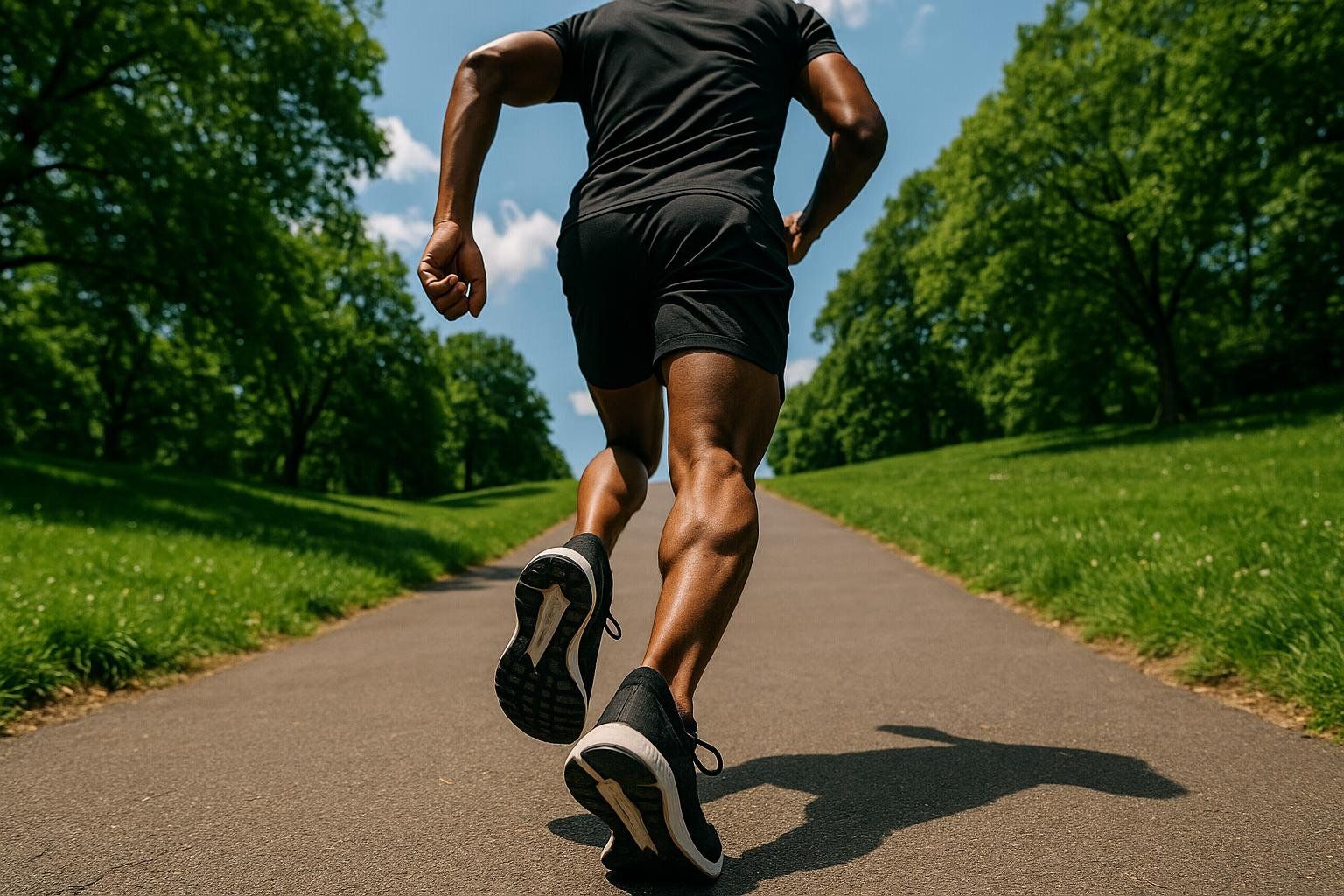
Scenario 3: The Bone-Health Guardian (Longevity-Minded)
“I’m Jessica, 55, and my BMD is at the 20th percentile.”
• Action: Begin a progressive strength routine (deadlifts, weighted carries), ensure 1 200 mg calcium + 1 000 IU vitamin D daily (NIH).
• Rescan cadence: every 1–2 years unless a physician advises otherwise.
Scenario 4: Corporate Wellness Leader (Company-Wide Health)
“We scanned 200 employees; average visceral fat is 105 cm².”
• Action: Launch a 12-week step challenge, provide healthy cafeteria options, and host nutrition seminars.
• Rescan cadence: 6–12 months to measure program ROI.
Cost, Locations, and Booking
| Service | Price (per scan) | HSA/FSA Eligible? | Typical Turnaround |
|---|---|---|---|
| BodySpec storefront | $40–$55 | Yes | Same-day results |
| BodySpec mobile clinic | $40–$55 | Yes | Same-day results |
| Bulk corporate package | Custom quote | Yes | Group dashboard in 24 hrs |
Ready to book? Visit BodySpec’s scheduling page to choose a storefront or mobile clinic location near you. Pick a time, pay online (HSA and FSA cards accepted), and you’re all set.
For cost comparisons in major U.S. cities, see our guide to comparing DEXA scan costs.
Frequently Asked Questions
How often should I get a DEXA body scan?
• Athletic training: Monthly during intense competition prep.
• Body composition tracking: Every 2–3 months.
• Bone density monitoring: Every 1–2 years unless you’re on osteoporosis medication.
Does the scan hurt?
Not at all—you won’t feel the X-rays.
Can pregnant people get scanned?
Because any X-ray involves some radiation, pregnant individuals should postpone unless medically necessary.
Will hydration affect my results?
Extreme dehydration or over-hydration can slightly skew lean-mass numbers. Normal fluid intake is fine; read more in our article on how hydration affects your scan.
What should I wear?
Form-fitting athletic clothes without metal zippers, buttons, or underwires.
The Bottom Line
Whether you’re fortifying your bones for decades of mobility, shaving seconds off a race time, or boosting employee wellness, a DEXA body scan delivers the data you need to act with confidence. Booking takes minutes, the scan takes 10, and the insights can guide a lifetime of healthier choices.
Ready to see what you’re made of? Schedule a BodySpec scan today.
